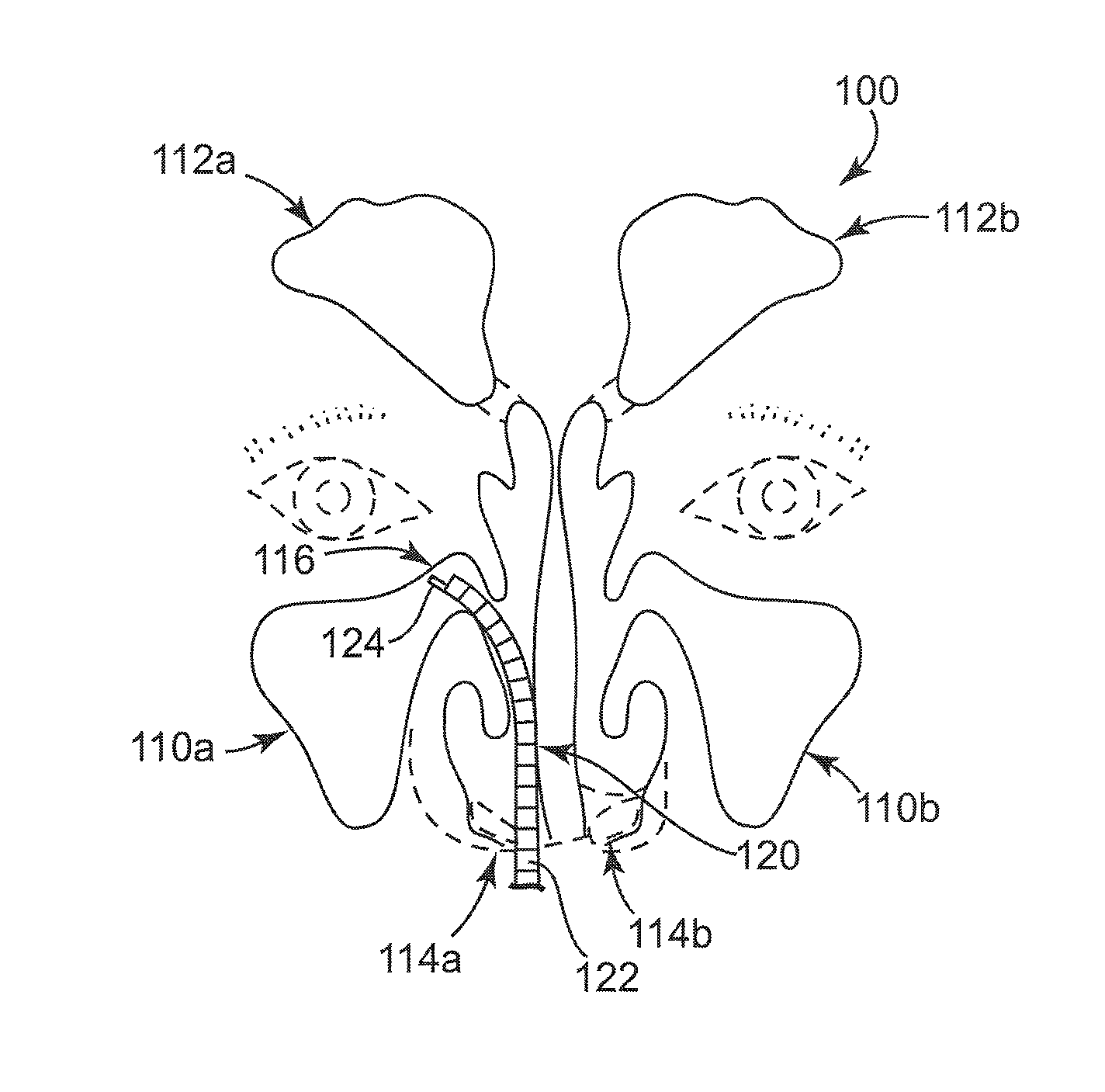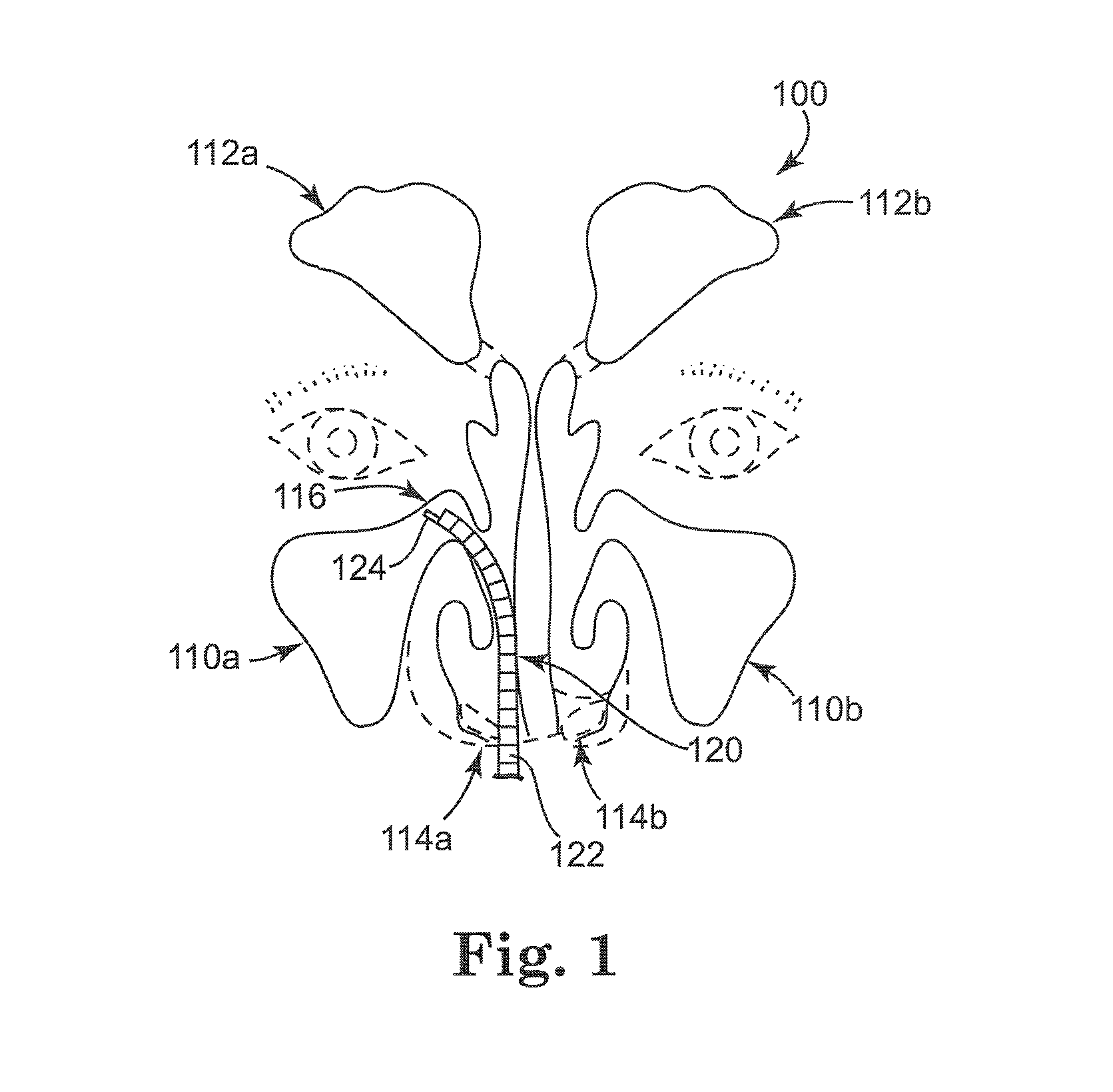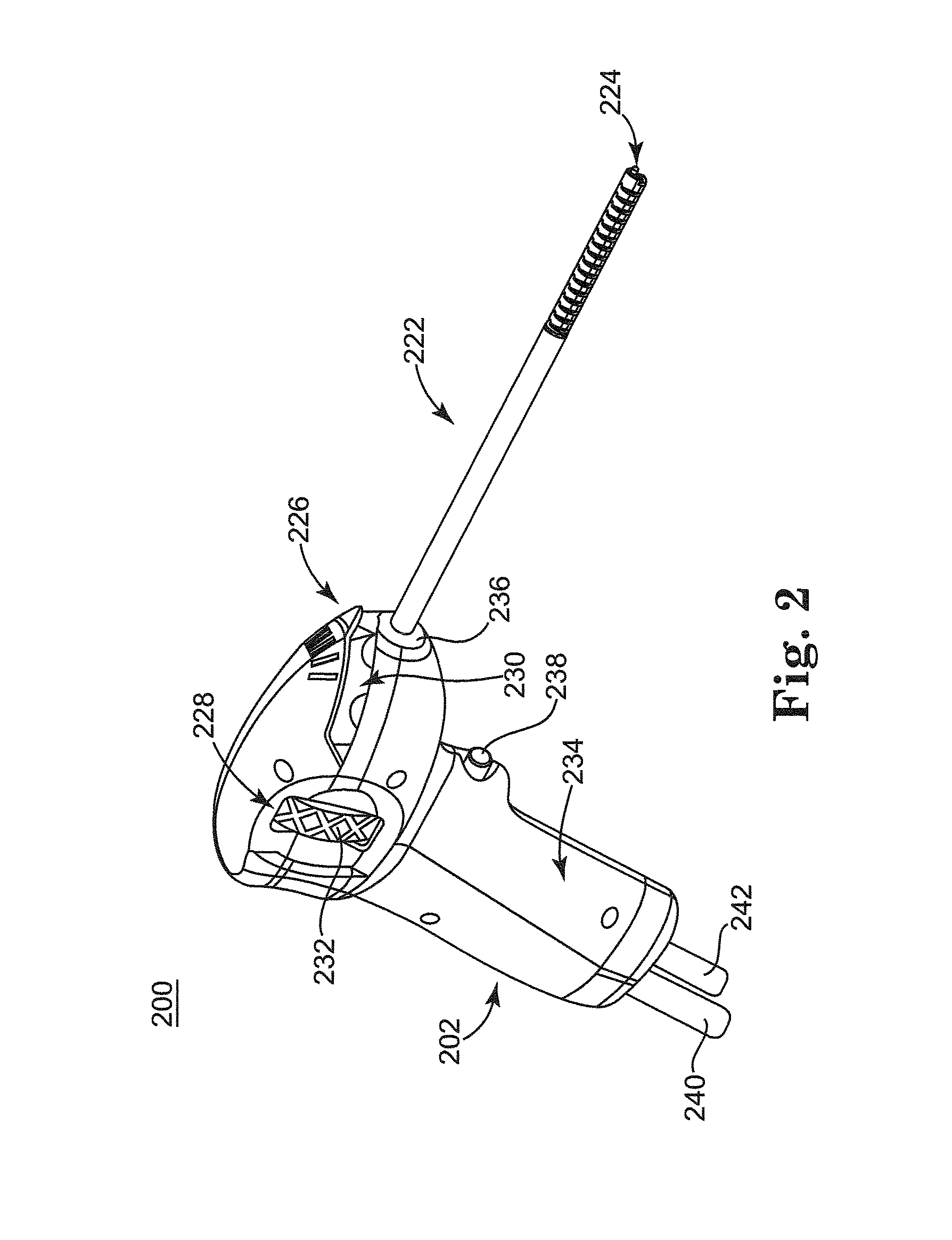Rehydratable thiolated polysaccharide particles and sponge
a polysaccharide and sponge technology, applied in the field of polysaccharides and materials for use in the body, can solve the problems of increased risk, difficulty in rehydration, poor physical properties of rehydrated materials, etc., and achieves rapid rehydration, high viscosity, and clump-free rehydration.
- Summary
- Abstract
- Description
- Claims
- Application Information
AI Technical Summary
Benefits of technology
Problems solved by technology
Method used
Image
Examples
example 1
[0067]A free-flowing crosslinked powder may be prepared by dissolving a dry powdered polysaccharide polymer such as thiolated chitosan in water acidified with acetic or hydrochloric acid to pH 5 to produce a viscous solution containing about 5 wt. % polymer. A crosslinker solution containing 10 wt. % dialdehyde starch or 0.1 wt. % glutaraldehyde may be quickly mixed with the polymer solution by placing each solution in a 10 mL LUER-LOK™ syringe (from Becton, Dickinson and Co.), connecting the syringes to one another using a LUER™ connector (from Becton, Dickinson and Co.) and alternately depressing the syringe plungers to exchange the fluids between the two syringes several times. After a short dwell period during which crosslinking takes place, a cohesive gel should be obtained. The gel may be converted to particles by freezing and lyophilizing the frozen gel, followed by grinding the lyophilization product.
example 2
[0068]A free-flowing crosslinked powder may also be prepared by soaking a dry powdered polysaccharide polymer in a nonsolvating liquid crosslinking agent or nonsolvating crosslinker solution. The dry powdered thiolated chitosan starting material used in Example 1 may be soaked in ethylene glycol diglycidyl ether (e.g., E27203 ethylene glycol diglycidyl ether from Sigma-Aldrich) for sufficient time to permit crosslinking to occur. The resulting mass of free-flowing, crosslinked particles may be washed with methanol to remove residual crosslinking agent and dried using gentle heat. Depending on the chosen polysaccharide, a variety of crosslinkers may be employed. For example, ethylene glycol diglycidyl ether may be replaced with hexamethylene diglycidyl ether or other glycidyl crosslinker reactive towards hydroxyl or amine groups. If the polysaccharide contains primary amine groups, appropriately reactive crosslinkers such as dialdehyde starch, oxidized methyl cellulose or glutaraldeh...
example 3
[0069]Equal volumes of a 2.5 wt. % solution of thiolated chitosan in pH 5 PBS and 10 wt. % dialdehyde starch may be quickly mixed using the syringes described in Example 1. The resulting cohesive hydrogel may be expelled from the back of the syringe and to provide a mass that maintains its shape.
PUM
| Property | Measurement | Unit |
|---|---|---|
| tan δ | aaaaa | aaaaa |
| thickness | aaaaa | aaaaa |
| residence time | aaaaa | aaaaa |
Abstract
Description
Claims
Application Information
 Login to View More
Login to View More - R&D
- Intellectual Property
- Life Sciences
- Materials
- Tech Scout
- Unparalleled Data Quality
- Higher Quality Content
- 60% Fewer Hallucinations
Browse by: Latest US Patents, China's latest patents, Technical Efficacy Thesaurus, Application Domain, Technology Topic, Popular Technical Reports.
© 2025 PatSnap. All rights reserved.Legal|Privacy policy|Modern Slavery Act Transparency Statement|Sitemap|About US| Contact US: help@patsnap.com



